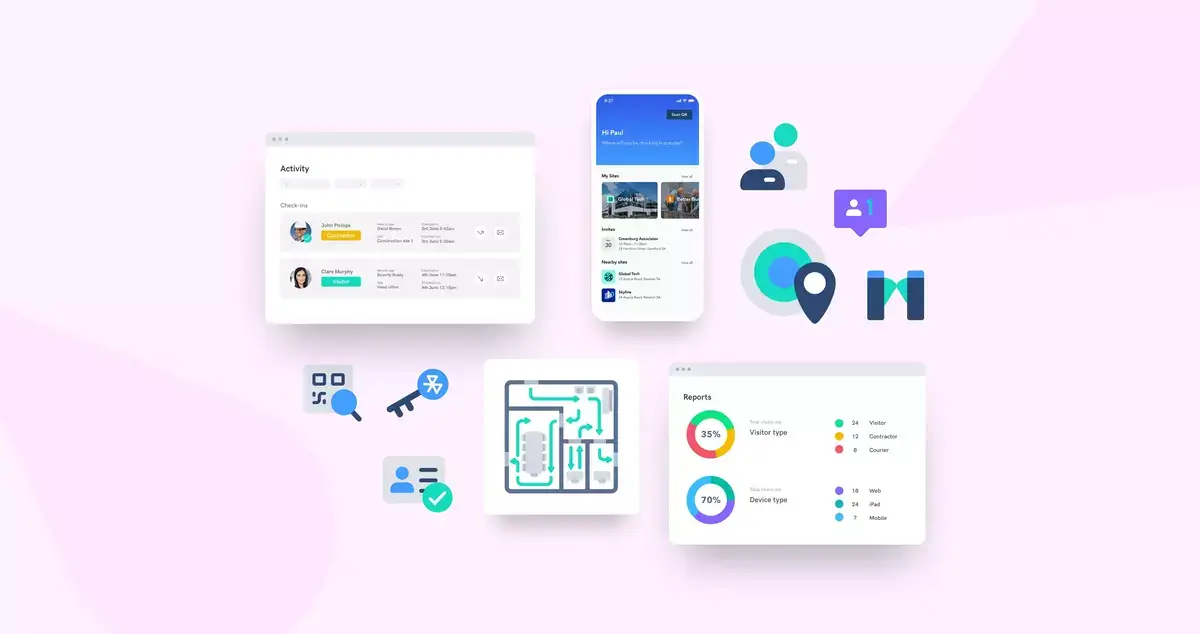
People flow is the movement of people within and across buildings. Smooth, comfortable, and safe flow without any wait time indicates good people flow. In a workplace, the journey starts from a guest or employee's arrival point to the lobby and continues as they move through spaces, doors, and halls, and finally ends at their destination point.
The ease of movement in a workplace is essential for its productivity. This is why businesses continuously update their traditional security, tracking systems, and products to include improved digital products. These technologies help to free up bottlenecks and facilitate people moving freely on-premises. This usually happens through sensors that are embedded within hardware to generate data and used in conjunction with artificial intelligence technology.
Cloud-connected escalators and elevators at customer sites can also provide valuable data. Enabling for easy monitoring and maintenance, ultimately improving people flow. The enhanced user experience results in better and smoother business operations.
However, the way people move has immensely shifted due to the global pandemic. For example, you'll notice that people now prefer to keep a greater distance from strangers. As a result, technologies are changing their goals and focusing on handling people flow management owing to the new situation.
Read ahead to see how people flow technologies change to entertain the current workplace requirements.
The following elements contribute to creating easy movement in a building:
Every building has inherent flows and paths that foot traffic will follow. To ensure a smooth flow of foot traffic, you want to avoid creating situations where high volume traffic flows must intersect. These points that cross over one another can lead to congestion and bottlenecks within the building.
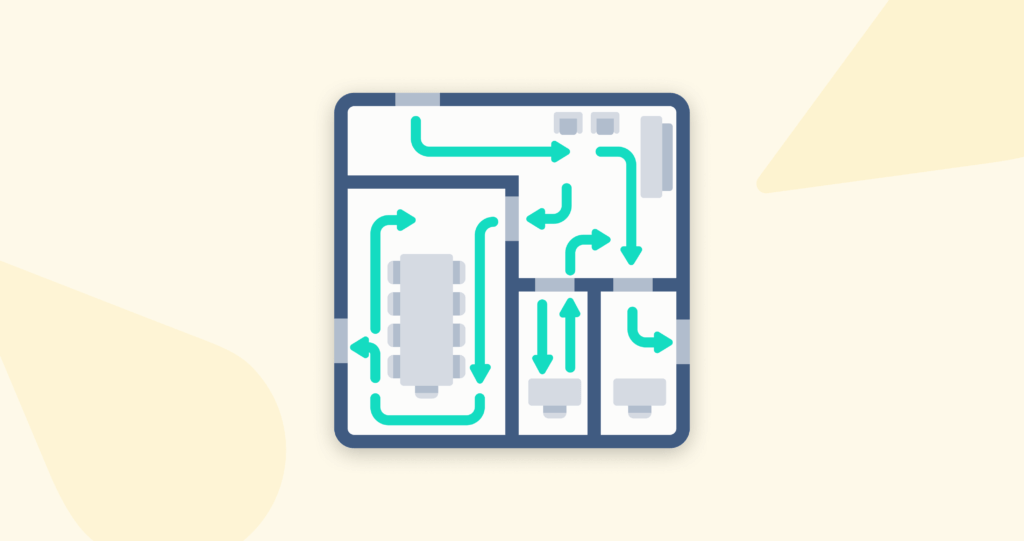
Just as highways can aid traffic flow on the roads by eliminating traffic lights and the need for vehicles to come to a complete stop, the same can be found in people flow through buildings.
When you are able to smooth out traffic flows, and reduce the points where people must come to a complete stop, you can aid in the efficiency of people flow throughout your buildings.
One of the most important outcomes of any effort to improve people flow is the reduction of travel times. In many situations a reduction in travel time will come as a result of improving the other elements of good people flow, however there are additional actions that can be taken to directly impact this. For example, installing modern, efficient technology and hardware elements, such as lifts can drastically reduce travel times throughout a building.
Effective people flow is a balancing act. While there are many ways to reduce friction of movement through a facility, it is essential these gains do not come at the expense of security. Ensure the right hardware and procedures are in place to enforce necessary security controls, without compromising people flow.
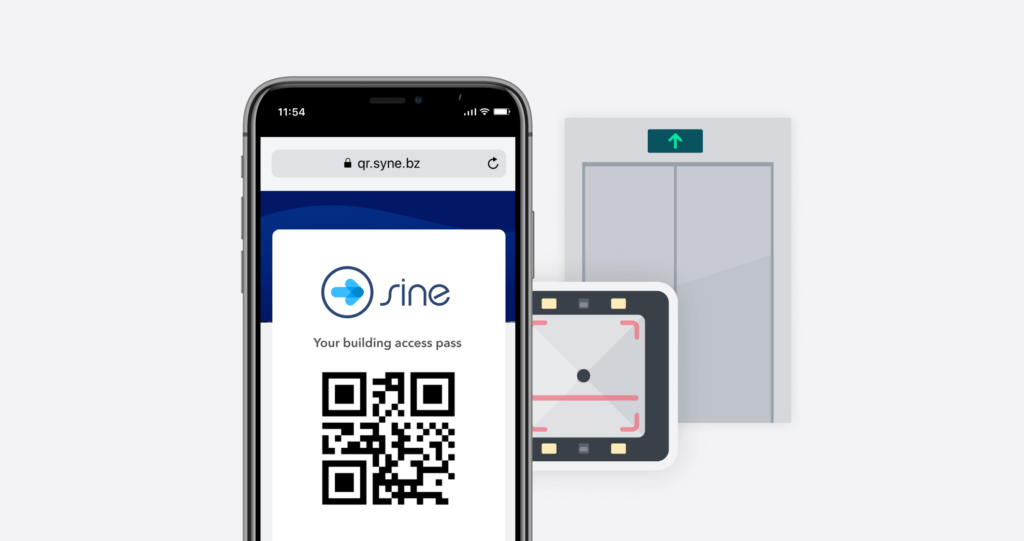
While regular occupants will become familiar with the navigation of a building, you must still consider how visitors will navigate. As a result, organisations must consider how they will implement wayfinding systems—be they digital, physical or, in many situations, a combination of the two.
As cloud computing and internet of things (IoT) technologies continue to advance and develop, so too are the real-time performance capabilities of modern facilities. With efficient real-time monitoring, facilities managers have the ability to identify.
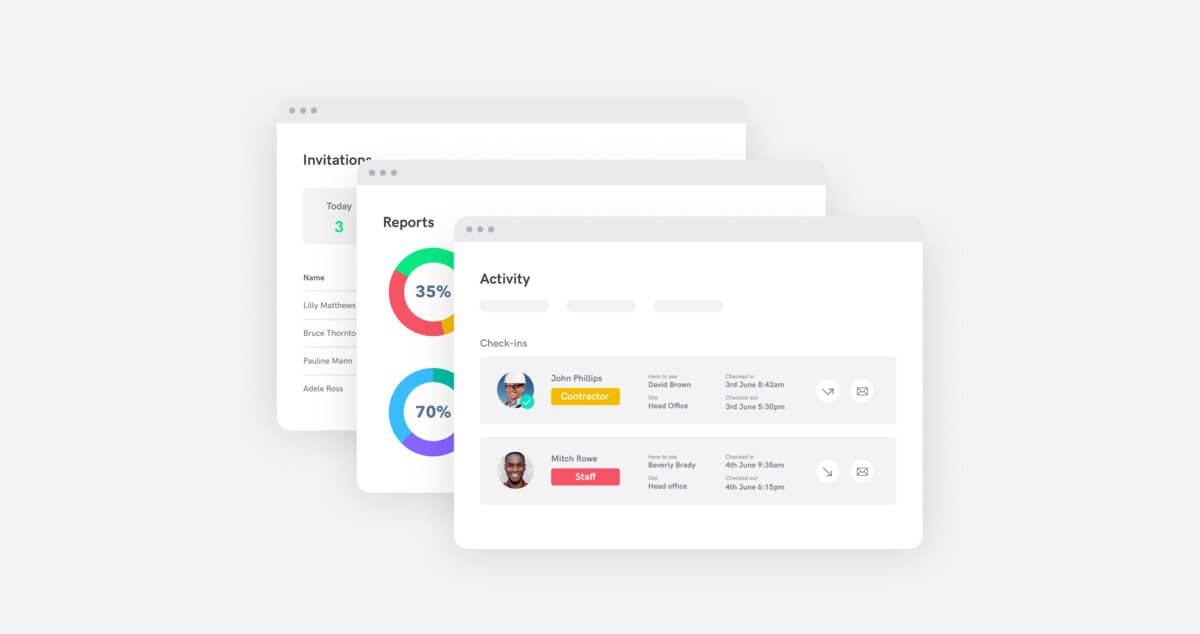
One of the biggest inhibitors of effective people flow is congestion. Similar to reduced travel time, this can often be seen more as an outcome, indicative of effective people flow. When other elements are effectively implemented, like crossflow avoidance and clear signage, you will then find that, in turn, your congestion levels are reduced.
Many elements of effective people flow are universal to any application of people flow technologies. However, it is important to keep in mind the specific factors of your environment. These will interact with your people flows in unique ways.
There are four main characteristics that impact people flow in a typical office building. It is crucial to consider these for efficient movement of people.
Total journey time optimization is crucial in an office environment. As modern office buildings continue to grow in scale, they house greater numbers of tenants and occupants on a daily basis. Across these user bases, there will be a diverse range of
In addition, vertical transportation choices must also be considered. In many offices, depending on the entrance people use, they will require a different method of transportation through the facility. Organisations must consider how entry spaces will accommodate and guide users through the beginning of their journey, towards their destination. For example, to maximise efficiency through a skyscraper, it may be necessary to split banks of lifts across different vertical sections, to avoid frequent stopping at all levels if the building.
While many offices will have standard 9am – 5pm hours, you may likely also find exceptions. In addition, the company culture of your tenants will also have an impact on this. For example, while a tenant may have ‘standard’ hours, it could also be very common for tier employees to work long outside these hours.
These considerations will be important in assessing the likely busy periods for people flow in your facility. Consider the typical peak hours in the morning, lunchtime and afternoon. But in addition, ensure you have considered the specific nature of your tenants. You may also find that there is usually higher traffic across floors with single-tenant offices rather than multi-tenant ones.
Consideration must also be given to the safety, security and emergency procedures of the tenants within a facility. As with many areas of facilities management, there will be overlap and commonality in a variety of areas of this. However, you will also find differences and unique requirements that will stem from a variety of organisational factors across a subset of tenants.
So when you are planning your people flows and looking at technologies to assist these, ensure you have given proper consideration to not only the daily security and safety requirements, but also how they will be utilised or adapted in emergency situations.
Additionally, consider the difference between the private and public areas of your facility. How will you limit access to public areas? And further, how will you ensure there are clear access solutions and rights to differentiate and manage access to public areas?
Finally we come to, in many ways, the most important part of people flow—the people.
To begin, look at all the different types of users who will be using your facility. Consider their needs, and the common routes that they will take to achieve their goals. Whether it’s ensuring clear guidance for visitors to the location, optimised routes for the regular daily occupants of the facility or back of house routing to enable the smooth movement and flow of goods throughout the facility without disrupting the regular occupants.
The pandemic has forever changed the way people approach public spaces. It is now more important than ever to use experience and technology and devise systems that align with modern requirements. Companies strive to simplify and implement modernization projects with people flow optimization. Technology is giving rise to new tools, and analytics, all with the help of data scientists and interior architects.
New technologies offer predictive solutions to reduce service disruption while also improving user experience and satisfaction within buildings. When data from lifts and escalators is connected to the cloud, it's possible to analyze it in real-time using AI tools to predicts issues and fix them right away.
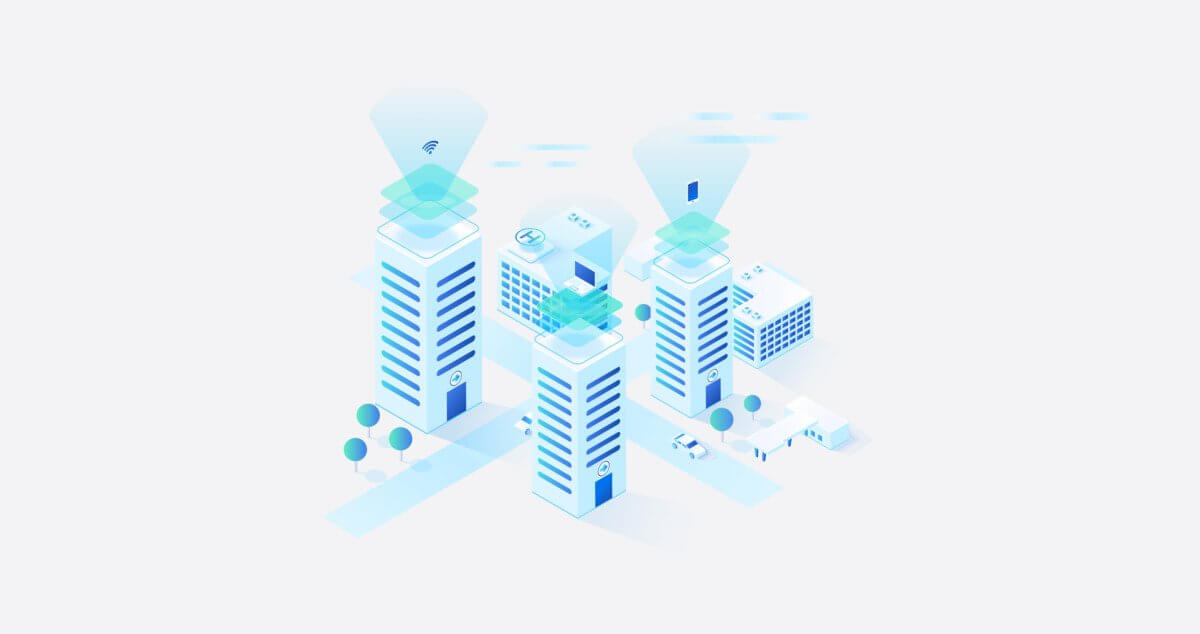
As companies change the way they partner with customers, they understand the importance of taking an outside-in approach where customers' goals are an essential part of product decisions.
For instance, if a workplace management company has a long history with a hotel chain, the latter's occupancy rates will be directly linked to customer satisfaction websites. This will result in higher occupancy if customer satisfaction is high. On the contrary, if there are issues like broken lifts, the space is too crowded, or hot water is absent, customer satisfaction will be low, resulting in lesser occupancy.
In such a case, connected services allow easy and fast rectification of broken lifts with a trial period to implement efficient methods. With a successful trial period, this real solution helps impact customer satisfaction and positively increases the hotel's profitability.
It is essential to note that all buildings are different from one another architecturally. In turn, the way they function impacts people flow management. New technologies play a role in updating the design, architecture, and management of these structures. Making it possible to incorporate real-time data and use AI to create smarter buildings and improve business productivity.
People flow technologies are constantly evolving and require precision analysis and upgrades for a more refined process. Companies are developing technologies to facilitate the visual representation of people flows. These technologies are appearing in station buildings, camera images, and transportation networks. Gathering essential data and insights to aid organisations in deploying the right people flow technologies.
Furthermore, companies also look at the strong points of the existing data properties. By re-examining data from the current transport systems and use this data combination to calculate the new assessment indices to determine the unique customer value these indices create.
As a result, companies deliver multiple systems to transportation operators. Covering device management, maintenance, rail traffic control, seat reservation, power management, escalator operation, and elevator operation. With such control technologies, companies can further refine their technologies. Which is beneficial for the new future that we face due to the pandemic.
In this already technology-driven world, the past year has called for more advancements to transform businesses and optimize the workplace. Placing a renewed focus on employee well-being and ability to move within a building safely during the pandemic.
Sine's visitor management system can effortlessly incorporate these changes into the people flow systems. Helping to create reliable and integrated processes that align with the modern safety requirements. This includes contact tracing, live building capacity monitoring, prescreening visitors, and much more. Sine is a complete tool that improves your security features to ensure every people flow process is protected.
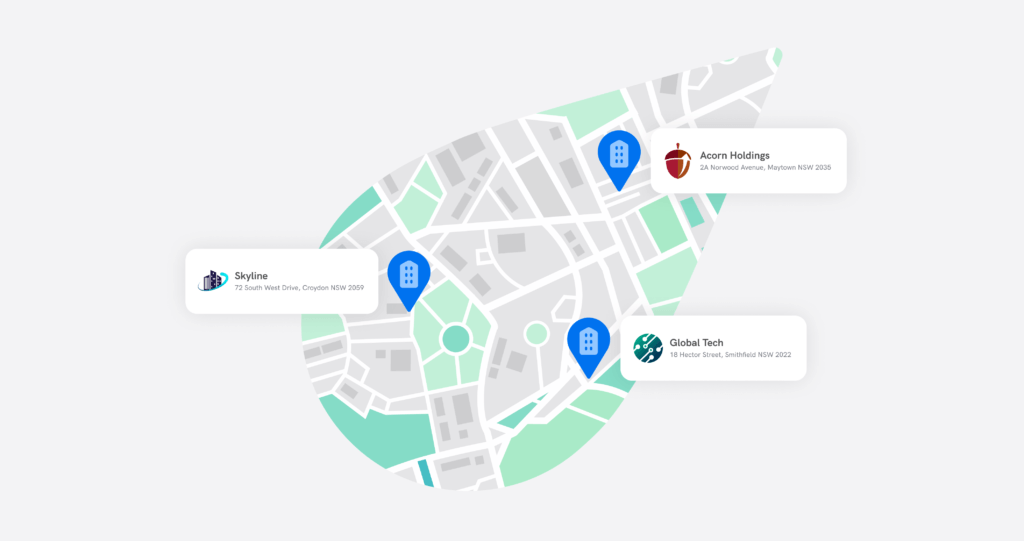
Sine helps give you a comprehensive overview of every location. Providing access to real-time analytics and reporting from the Sine dashboard. It is a visitor management solution that provides countless possibilities. Empowering organisations to implement a more efficient people flow management process